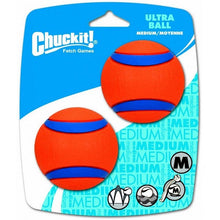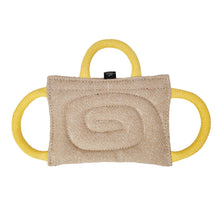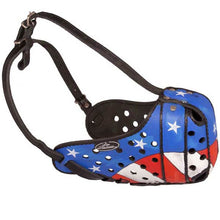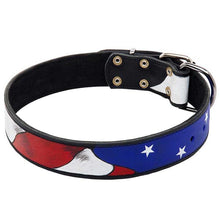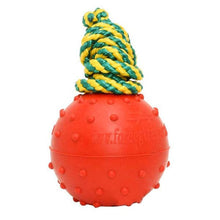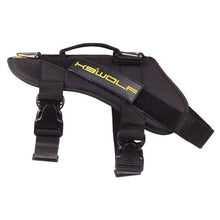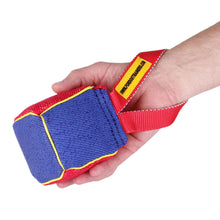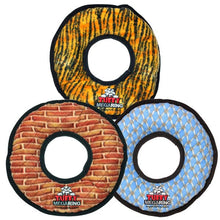Safety Concerns For Fall And Winter
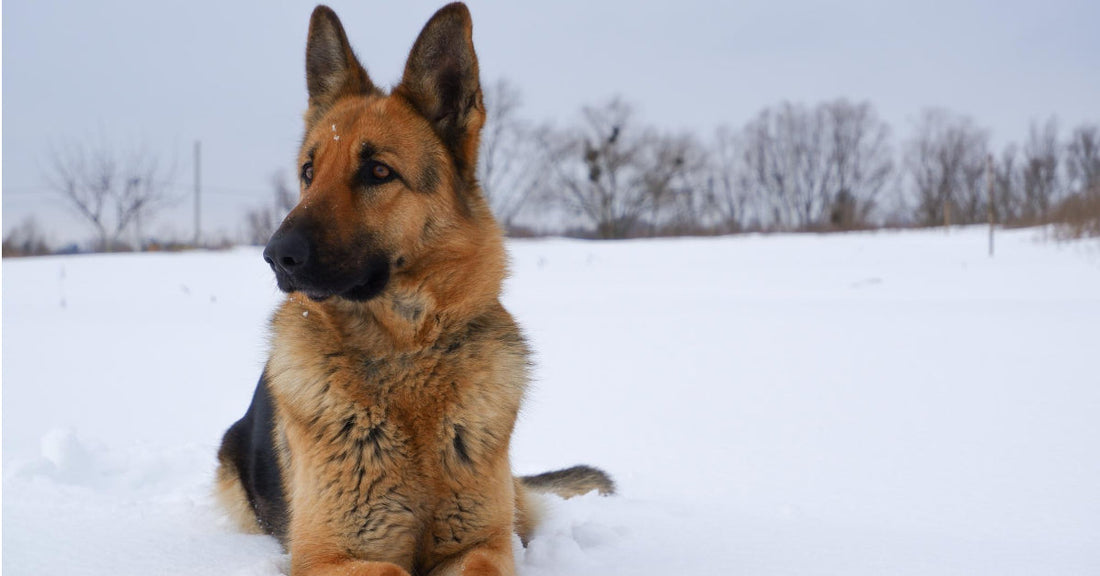
Fall is officially upon us and while the trees drop leaves and the air gets chilly and crisp, it's time to discuss fall and winter safety for your dog.
In most of the country, the risk of your dog having a heat stroke is all but gone until next year. But some parts of the country and Northern Hemisphere are still plenty warm enough for heat stroke to be an issue. Especially when combined with vigorous exercise. If it's over 70 or 75 degrees, remember that it can still happen. Especially because dogs are beginning to grow in their thicker winter coats. Make sure to bring water on hikes and runs and if you plan on any extended games of fetch etc. If your dog seems to become lethargic, take a breather.

This is also the time of year when the mosquitoes start to disappear, which means less risk of heartworm in many places. That's the good news for us all and not just our dogs. But the bad news is that fall is the season for ticks and fleas. If you have any friends who are hunters, just ask them. They'll tell you. As the weather chills, cold-blooded, blood-sucking insects, and arachnids, like fleas and ticks, are out looking for new, warm hosts so they can feed and breed. A deer tick would prefer to find itself a deer, but your dog will do just fine. Make sure to inspect your dog if you go out in tall grass or brush and keep on time with your flea and tick preventatives. Also, don't stop using your heartworm medications for your dogs without speaking with your veterinarian.
German Shepherd Dogs are very hardy when it comes to cold. There are many kennels in Germany and the rest of Europe where dogs are kept in runs, including outdoor runs, in cold weather dog houses that do not have heat. The Czech Border Patrol would patrol the mountains in winter with their Pohranicni Straze-bred German Shepherds. That's some truly cold weather.

But if your dog is kept indoors, your dog hasn't grown a thick winter coat like those dogs did because your dog is acclimated to a stable room temperature. It takes it getting progressively colder for a full winter coat to come in properly and for pads to toughen. One of my dogs, an indoor dog, got very sore feet for 3 or 4 days from playing and going on a walk in the snow with me. I didn't notice anything wrong until we got back inside and warmed up. My best guess is that his feet were a little numb and he didn't feel any pain until we got warmed up. It was mild, with no frostbite, but it's a lesson I learned the hard way. Be careful with the snow and cold weather if your dog isn't acclimated properly.
Beware of thin ice. Every year dogs go into the ice and never come out. I'm sure most of us have seen dogs rescued from frozen lakes, ponds, and rivers on the news or the internet before. If you have a water feature on your property or where you go to exercise your dog, stay away from it. If your dog's recall isn't very good, then keep your dog on a leash. None of us want to be on the news or to lose our dog to the ice. Getting a good, high-quality leash and collar is very cheap compared to the life of your dog. Be safe and avoid the ice completely with your dog. I wouldn't even take a dog ice fishing. I might be able to tell where it's safe to walk, but a dog doesn't. It isn't worth the risk.

If your dog has joint issues, be very careful when letting your dog out to use the restroom. A slip and fall can be life-changing for them and cause a permanent decline in the quality of their life. If you have to use a strap or towel to steady your dog with hip or elbow dysplasia, play it safe and deal with the hassle. You don't want to have to put your dog who was walking relatively fine down because they're now bedridden after a nasty fall. Even with young, healthy dogs, try to avoid ice and places where ice might be. Joint injury can happen to any dog of any age and have an impact on the rest of their life.
When bears are going to the ground to hibernate, wolves and coyotes are doing the opposite. Winter is their favorite time of the year. It's much easier to hunt deer and elk when they're slowed down by snow. It's also easier to spot them when the leaves have dropped. Both wolves and coyotes will eat big game, but also find it easier to hunt small game in winter too. They use their powerful sense of smell and hearing to catch mice, voles, and rabbits under the snow.

Both wolves and coyotes will not hesitate to make a meal out of a dog. Even a large dog like a German Shepherd. Especially if the dog is alone and the opposition is in a pack. Also don't forget one of the most successful killers in America, the mountain lion, also is up and hunting throughout winter.
And finally, just like the 4th of July, prepare for firework celebrations for New Years’ Eve. Dogs can and have jumped through windows, chewed holes in doors, jumped fences, etc. because of severe anxiety from fireworks. Make sure your dog is microchipped or has a name tag on their collar and is wearing it if they're afraid of thunder and fireworks. Don't wait until it's too late if you need medication from your veterinarian. They'll be taking trips to see family soon, just like hundreds of millions of other people across the globe. Catch them before the holidays come up.

I hope you enjoyed this article and learned some helpful information from it. Please leave a like and share, thank you. Stay safe and keep your pets safe too!
You might also like: Fall Safety Tips For German Shepherds





